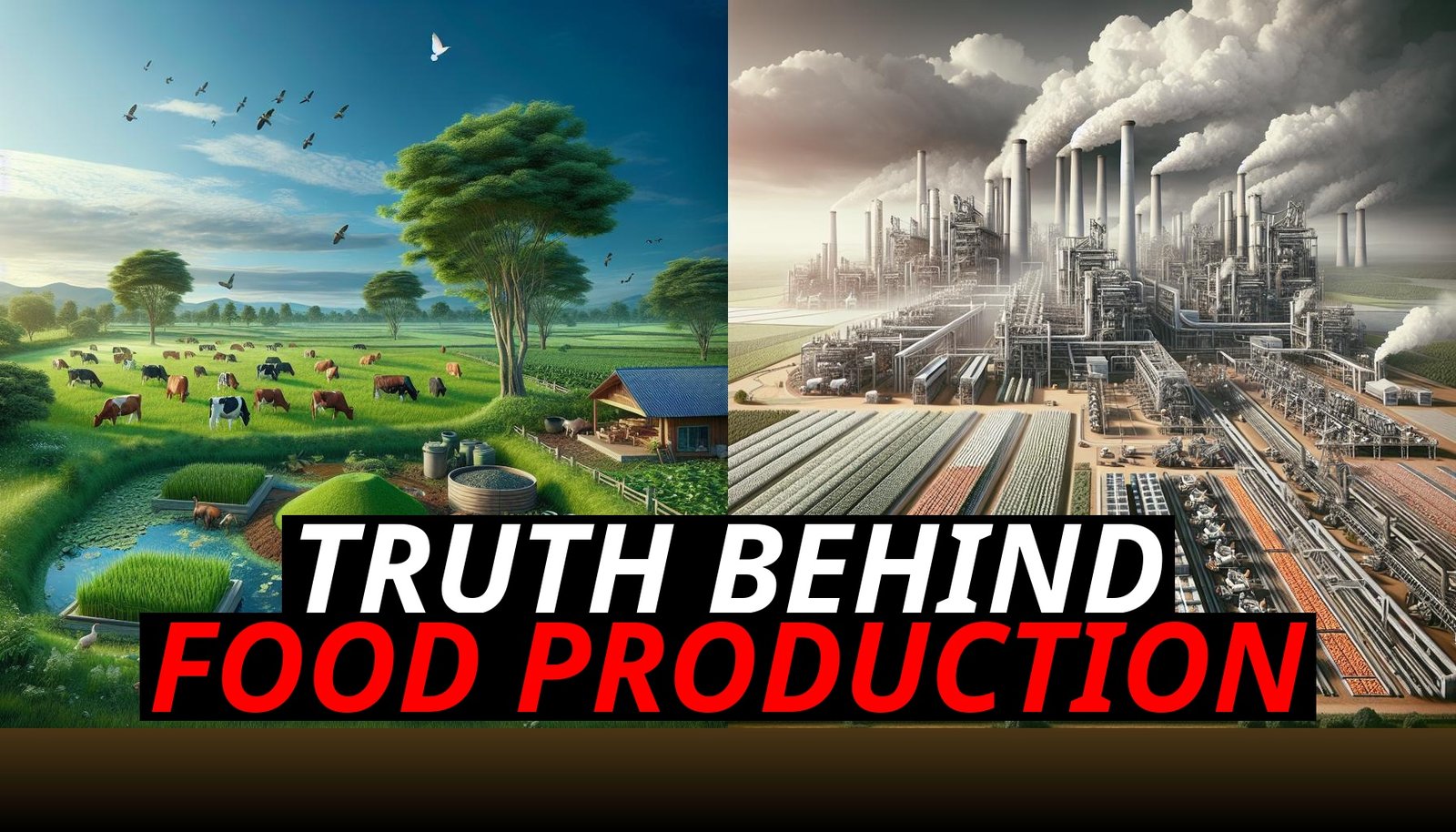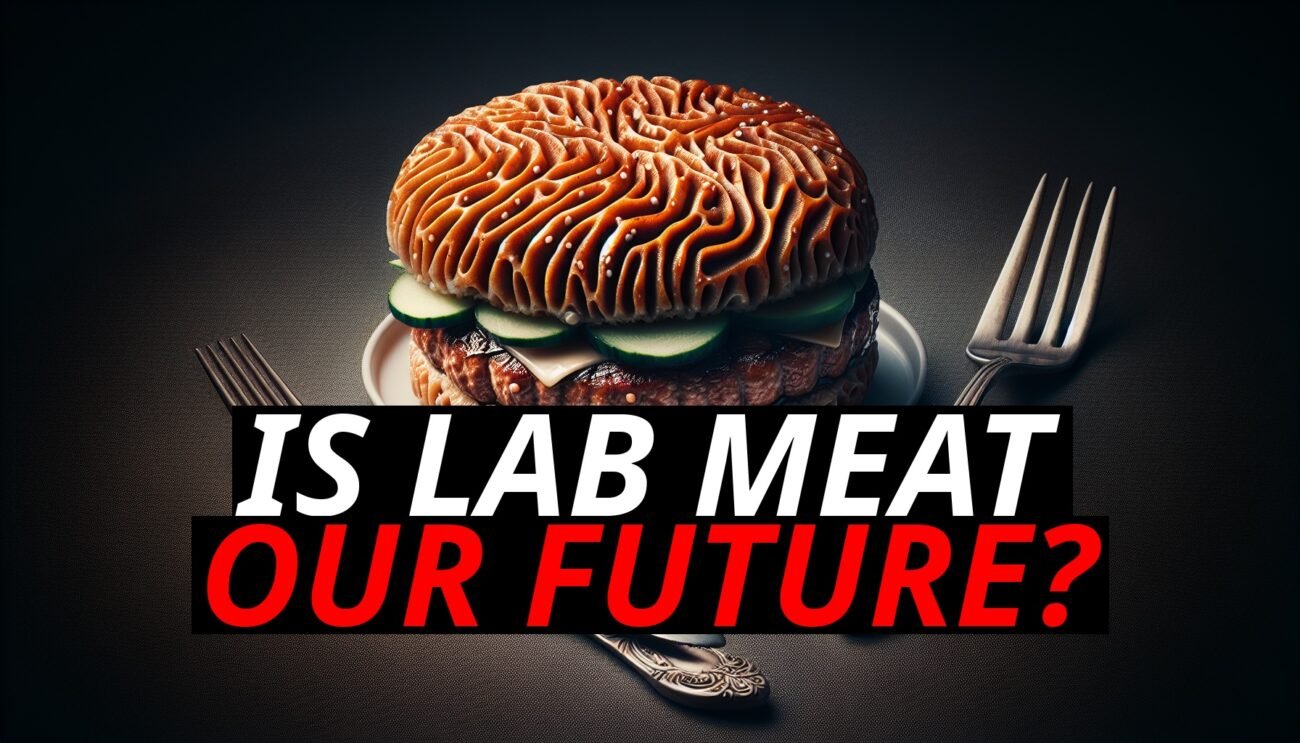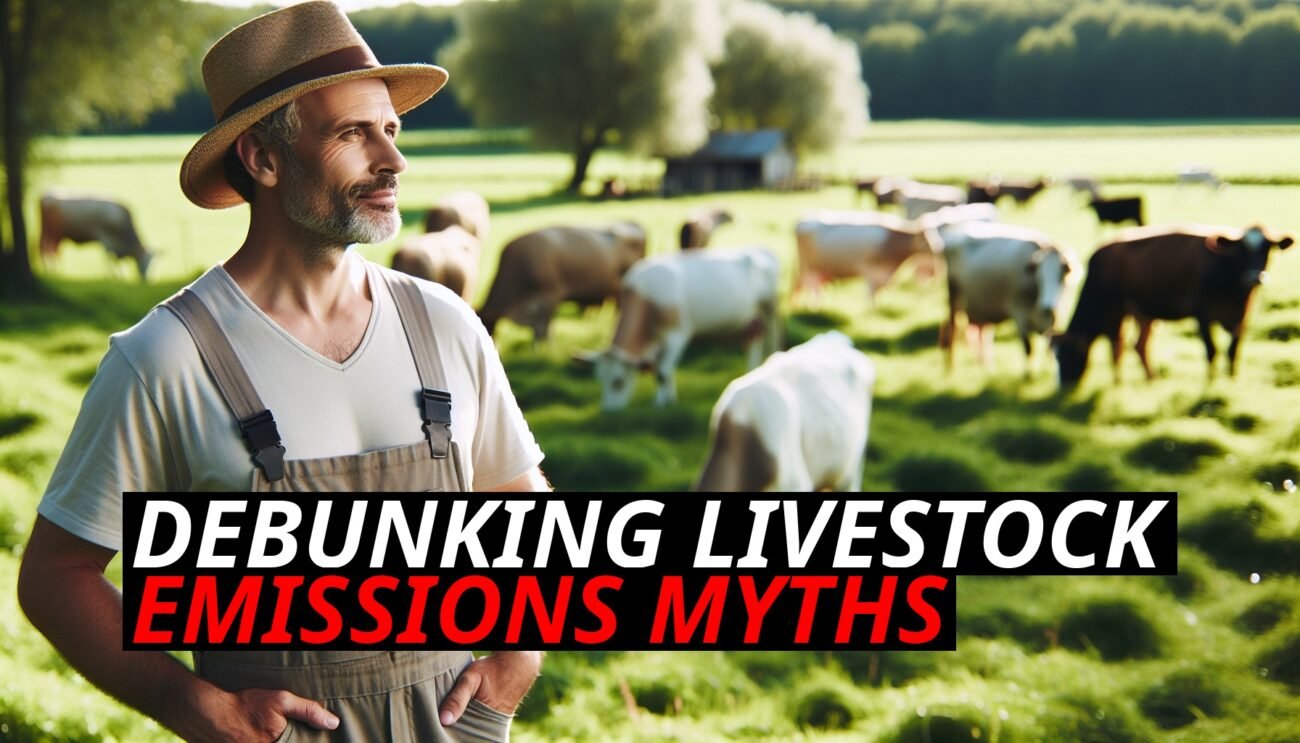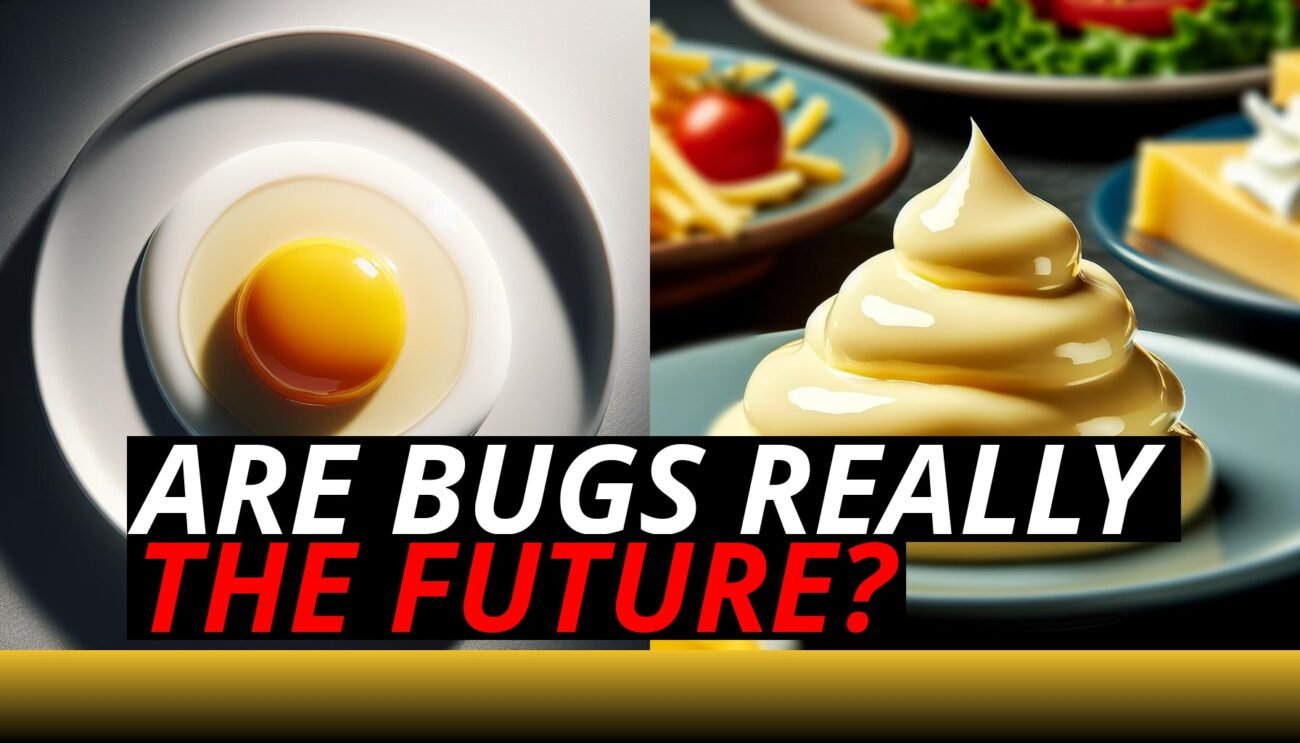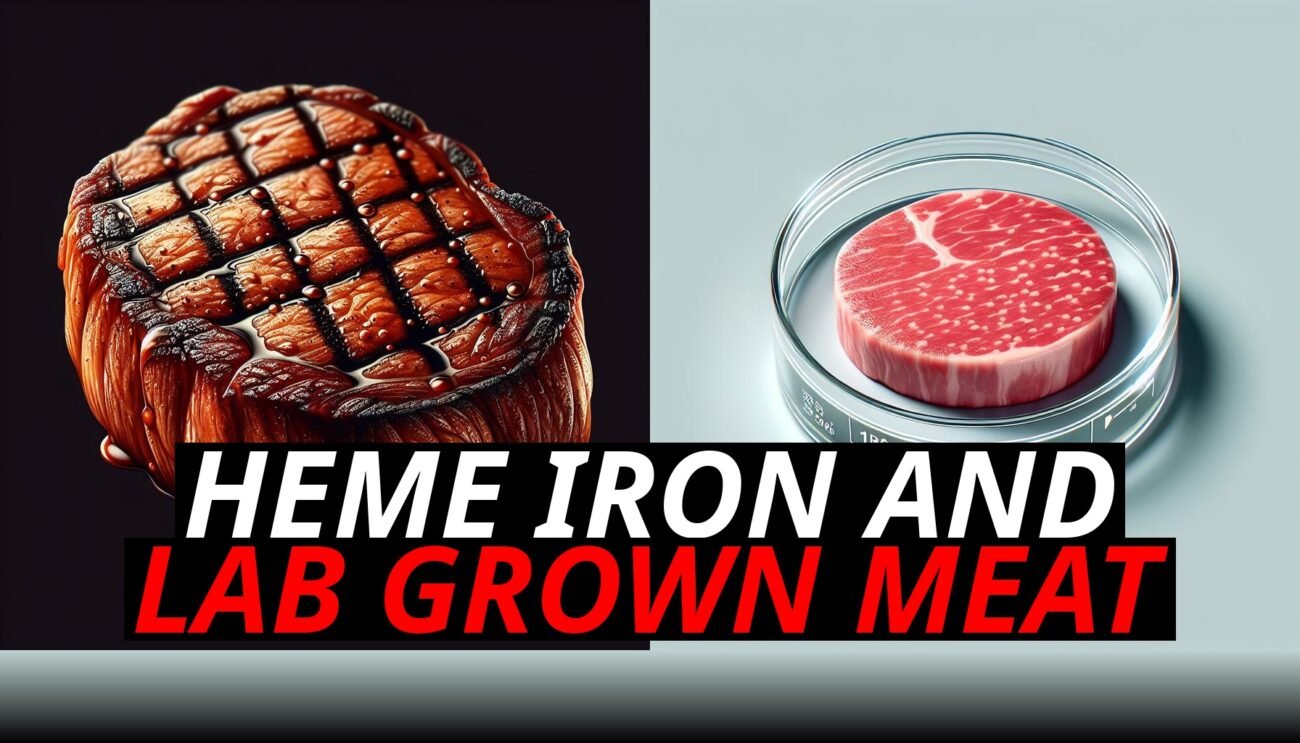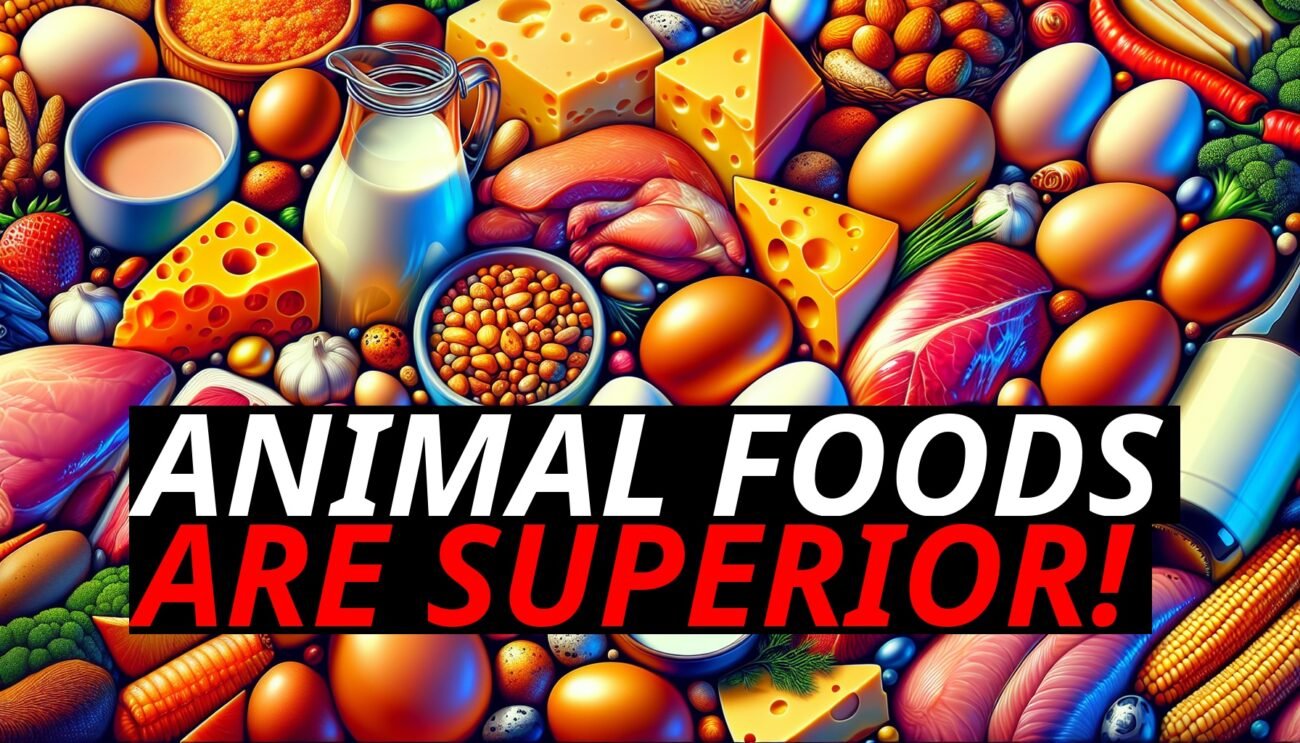The Great Environmental Debate: Is Lab-Grown Meat The Solution?
In the quest for a greener planet, lab-grown meat has been pitched as the shining knight poised to save us from the environmental woes of traditional livestock farming. It’s a futuristic idea that promises to reduce our carbon footprint, save water, and free up land. But is it really that simple? The reality is that when it comes to food production and its environmental impact, the debate isn’t black and white. Let’s explore the intricacies of environmental debates surrounding traditional livestock farming, lab-grown meat, and the true cost of sustainable food solutions.
Understanding The Environmental Impact Of Traditional Livestock Farming
Traditional livestock farming often gets a bad reputation when it comes to environmental impact. Here’s a look at some commonly discussed points:
- Land Use: It’s often said that livestock farming uses significant amounts of land. But not all land is created equal. Pasture-based systems, where animals graze on land not suitable for crops, play a part in the natural ecosystem and don’t “consume” land in the same way crop farming does.
- Water Usage: A common misconception is that animals use water in the same way crops do. Unlike crops that require constant watering, livestock drink water and eventually return it to the environment through natural processes like urination.
- Greenhouse Gas Emissions: Livestock, particularly cattle, produce methane, a potent greenhouse gas. However, this methane is part of the biogenic carbon cycle, breaking down over a decade and converting back into CO2, which is reabsorbed by plants.
While industrial-scale farming has environmental drawbacks, many of these concerns are often misunderstood or exaggerated without considering natural grazing systems and the efficient use of resources.
Lab-Grown Meat: The Promised Eco-Friendly Alternative
Lab-grown meat promises to revolutionize food production by reducing the environmental impact of raising livestock. But let’s look at some key factors:
- Energy Use: The production of lab-grown meat requires controlled environments, nutrient solutions, and precise temperatures—all of which demand substantial energy. If this energy comes from non-renewable sources, the environmental benefits may not be as significant as expected.
- Resource Efficiency: Unlike traditional farming, lab-grown meat is designed to use fewer natural resources like water and land. However, this efficiency depends heavily on advancements in renewable energy and sustainable practices.
The Complicated Reality Of Renewable Energy
A common argument in favor of lab-grown meat is that its environmental impact will diminish as renewable energy becomes more prevalent. However, there are a few points to consider:
- Energy Competition: Renewable energy isn’t exclusive to any one sector. Lab-grown meat production competes with other essential needs like transportation and household energy, creating a net drain on the energy grid.
- Scalability Issues: Scaling up lab-grown meat production to meet global demand could strain renewable energy resources, potentially increasing reliance on fossil fuels.
While using renewable energy is a step in the right direction, it’s not a magical solution. The sustainability of lab-grown meat depends on global energy infrastructure changes that have yet to fully materialize.
Comparing Greenhouse Gas Emissions
Greenhouse gas emissions are often at the center of environmental debates:
- Traditional Farming: Cattle emit methane, but it’s part of the natural biogenic cycle, unlike CO2 from burning fossil fuels, which accumulates in the atmosphere. The impact of livestock emissions varies greatly between intensive and pasture-based systems.
- Lab-Grown Meat: The emissions from lab-grown meat depend on the source of energy used in production. If powered by non-renewable sources, the process could produce substantial indirect CO2 emissions.
The Often-Ignored Role Of Crop Farming
One piece of the environmental puzzle that often gets overlooked is crop farming:
- Land and Water Use: Crops grown for human consumption and livestock feed require significant land and water. Monocropping practices deplete soil health and lead to pesticide and fertilizer use.
- Byproduct Utilization: Livestock farming often utilizes byproducts from crop production, which would otherwise go to waste. This can be seen as a form of recycling that offsets the environmental impact of crop farming.
Lab-grown meat, although seen as a solution, may shift the environmental burden without addressing the root issue of crop production and its impact on the planet.
Realistic Solutions For Sustainability
While lab-grown meat has the potential to make a positive environmental impact, it is not a one-size-fits-all solution. Here are some balanced approaches to improving food sustainability:
- Pasture-Based Livestock Farming: Encouraging traditional grazing methods can maintain biodiversity and use land that isn’t suitable for crops, promoting a more balanced ecosystem.
- Advances in Crop Farming: Innovations like indoor farming and vertical farming can reduce the environmental impact of traditional crop production, minimizing the need for pesticides and improving water efficiency.
- Hybrid Models: Combining the best practices of traditional livestock farming and lab-grown alternatives could offer a more balanced approach to reducing emissions and conserving resources.
Final Thoughts: Is There One Clear Winner?
The battle between lab-grown meat and traditional livestock farming is nuanced, to say the least. While lab-grown meat boasts a futuristic solution to some environmental challenges, it’s still reliant on the energy landscape, which may not yet be ready to support it on a large scale. Meanwhile, traditional livestock farming, especially when done sustainably, has been part of the natural world for thousands of years and offers benefits that are often overlooked.
Ultimately, the best path forward is one that embraces multiple solutions—refining traditional farming methods, advancing lab-grown meat technology, and enhancing sustainable crop production. Only by understanding the full picture can we make meaningful strides toward a truly sustainable future.

